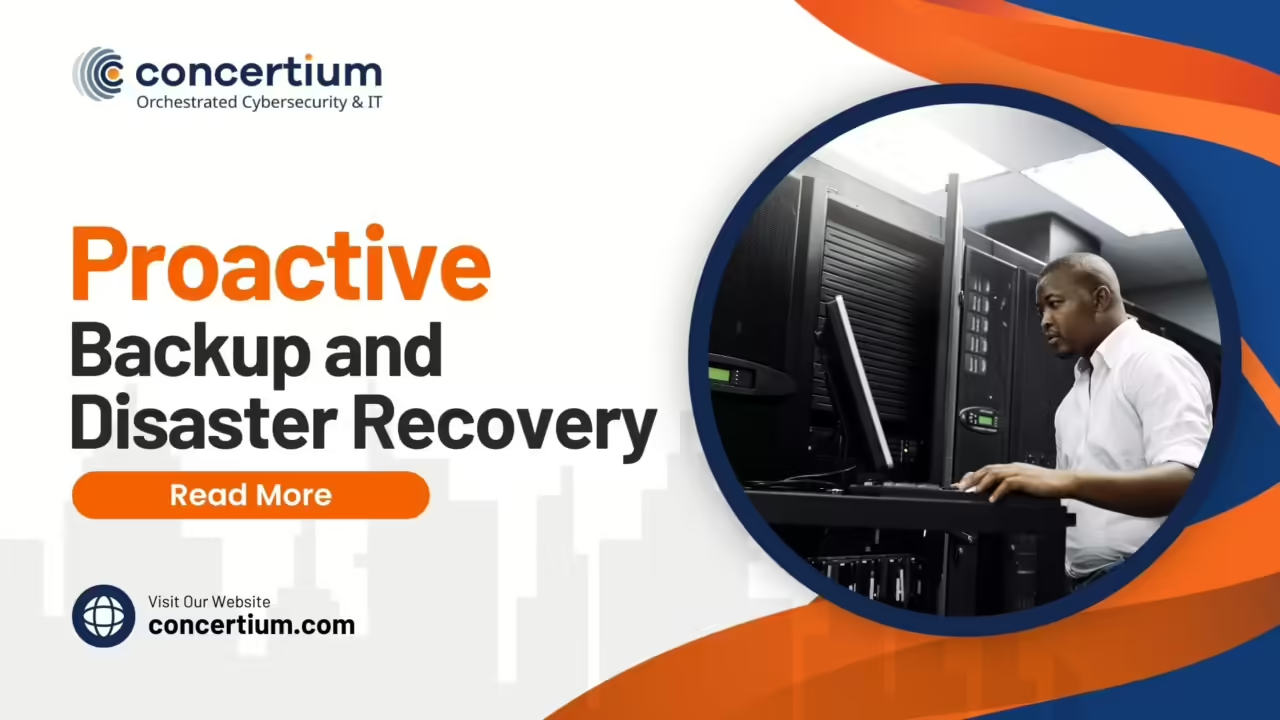Proactive Backup and Disaster Recovery
As Hurricane Milton looms on the horizon, threatening severe impacts across Florida, it is a critical reminder of the necessity for robust disaster recovery planning. At Concertium, we specialize in comprehensive backup solutions and disaster recovery services that protect your enterprise against the catastrophic effects of natural disasters like hurricanes and floods. Our approach is designed to safeguard your business continuity, ensuring that your operations can withstand and quickly recover from disruptive events.
Understanding the Importance of Proactive Data Protection Strategies

Identify Critical Enterprise Data Assets for Protection
Establish Data Backup Policies Aligned With Business Goals
Implement Comprehensive Backup Solutions for Enterprise Data

Assess Different Backup Technologies and Methods
Integrate Automated Backup Systems for Efficiency
Schedule Regular Backups to Prevent Data Loss
Develop a Robust Disaster Recovery Plan for Business Continuity

Define Disaster Recovery Objectives and Scope
Design Recovery Procedures for Various Scenarios
Assign Roles and Responsibilities in Recovery Efforts
Test and Update the Disaster Recovery Plan Regularly
Adopt Cloud-Based Services for Scalable Backup and Recovery
Identify Cloud Backup Options Optimized for Enterprises
Migrate Data to Secure Cloud Environments
Utilize Cloud Features for Rapid Data Restoration
Ensure Data Security and Compliance in Backup Processes

Implement Encryption for Data at Rest and in Transit
Comply With Regulations and Industry Standards
Monitor Backup Systems for Unauthorized Access
Optimize Recovery Time Objectives With Proactive Measures




